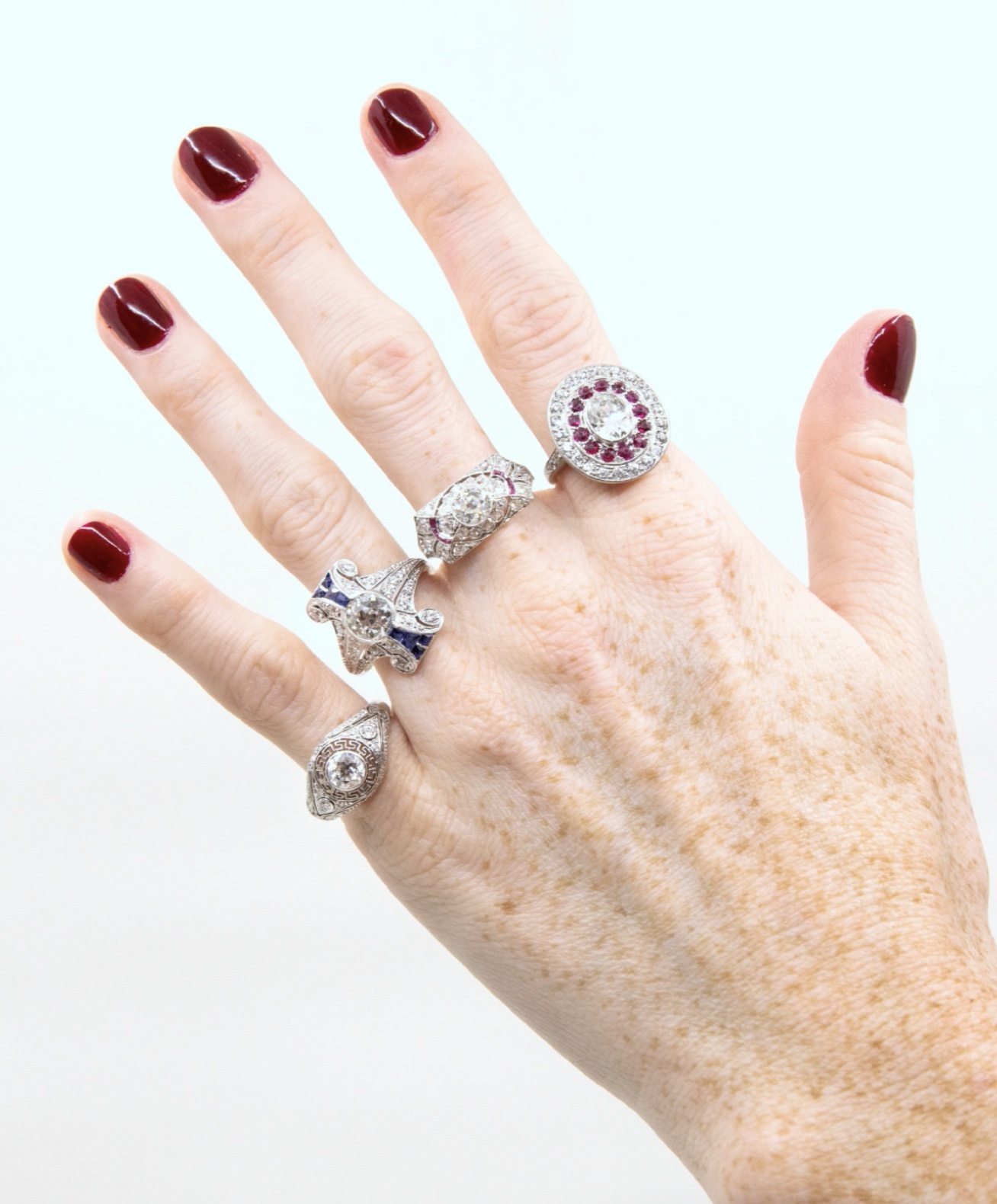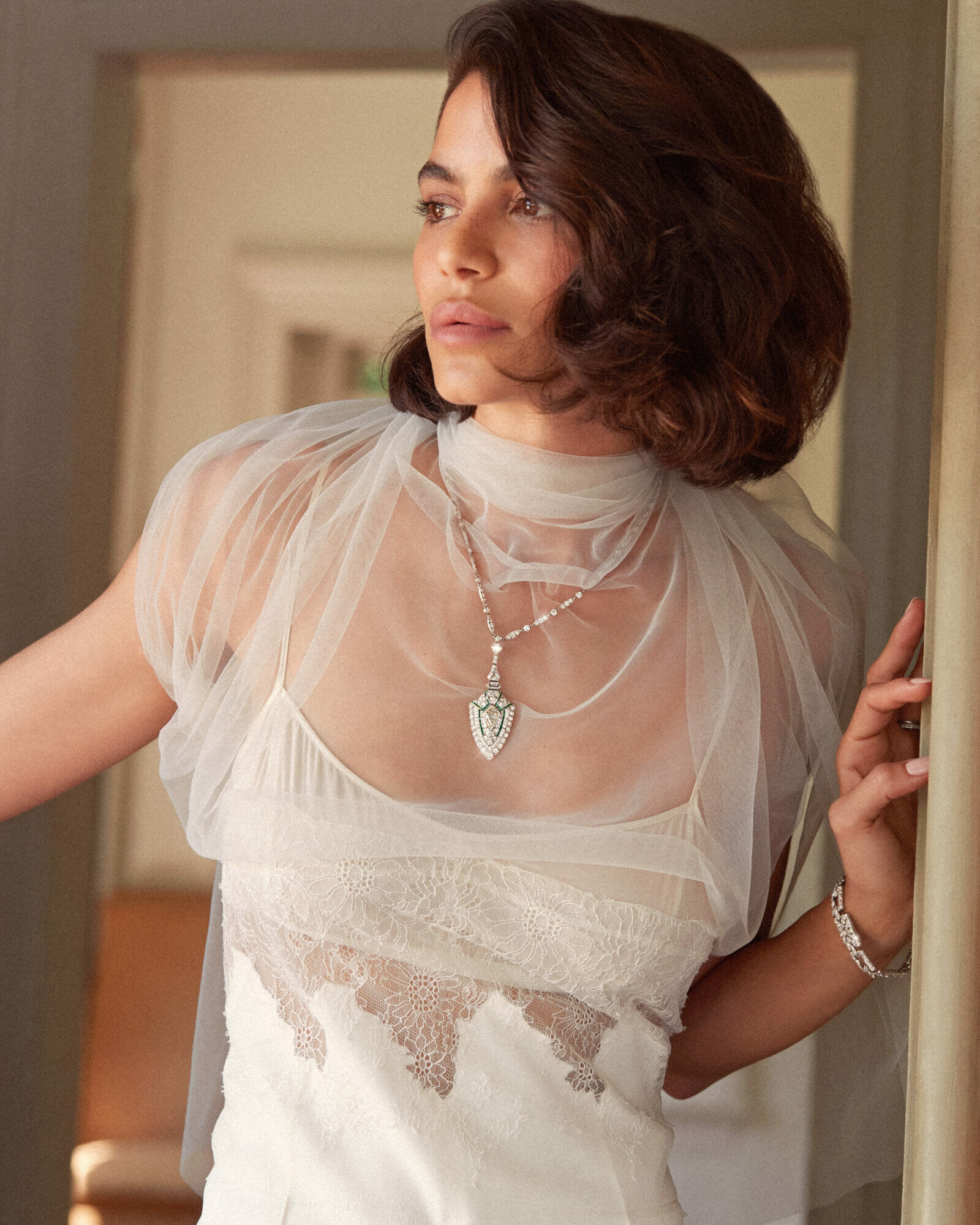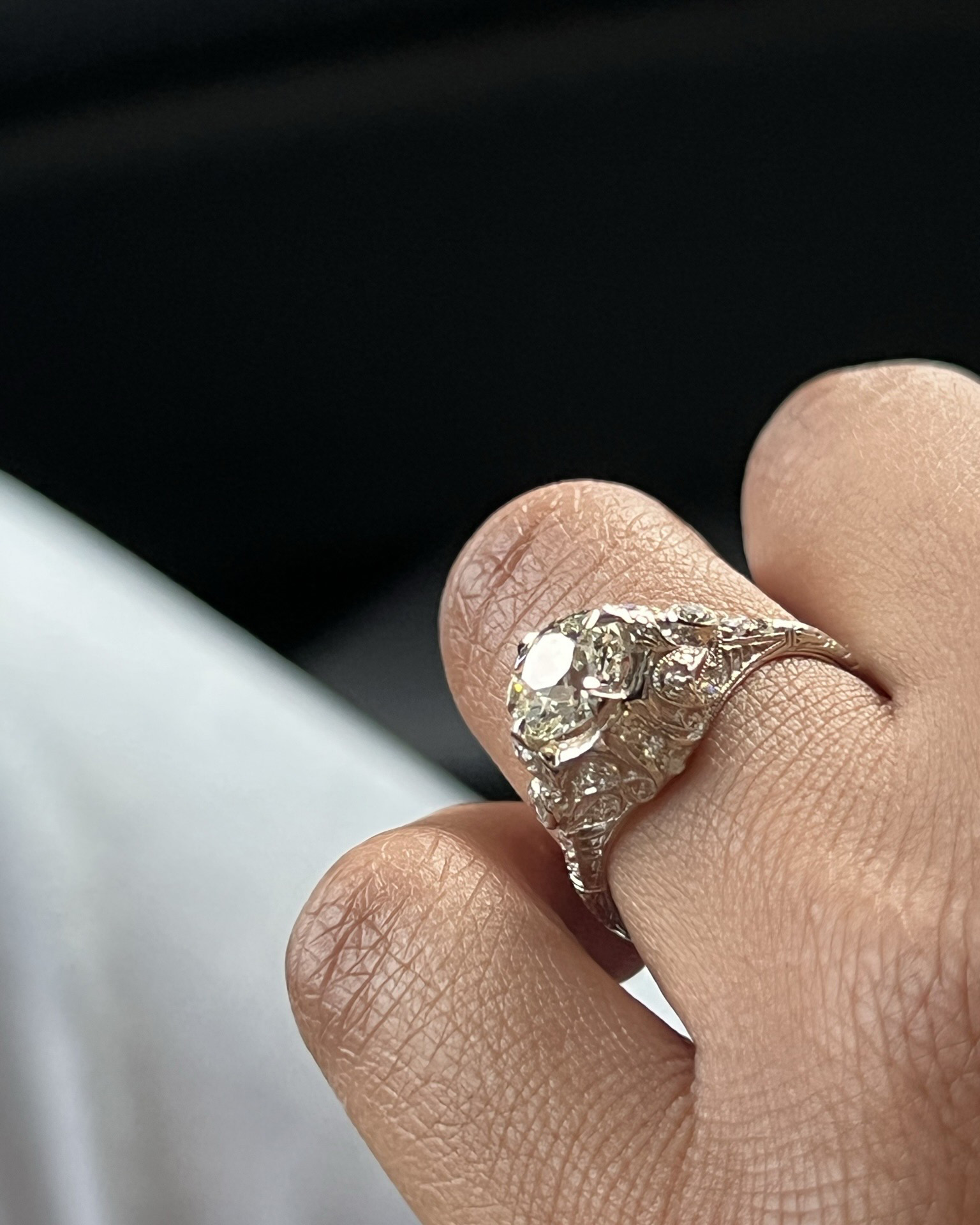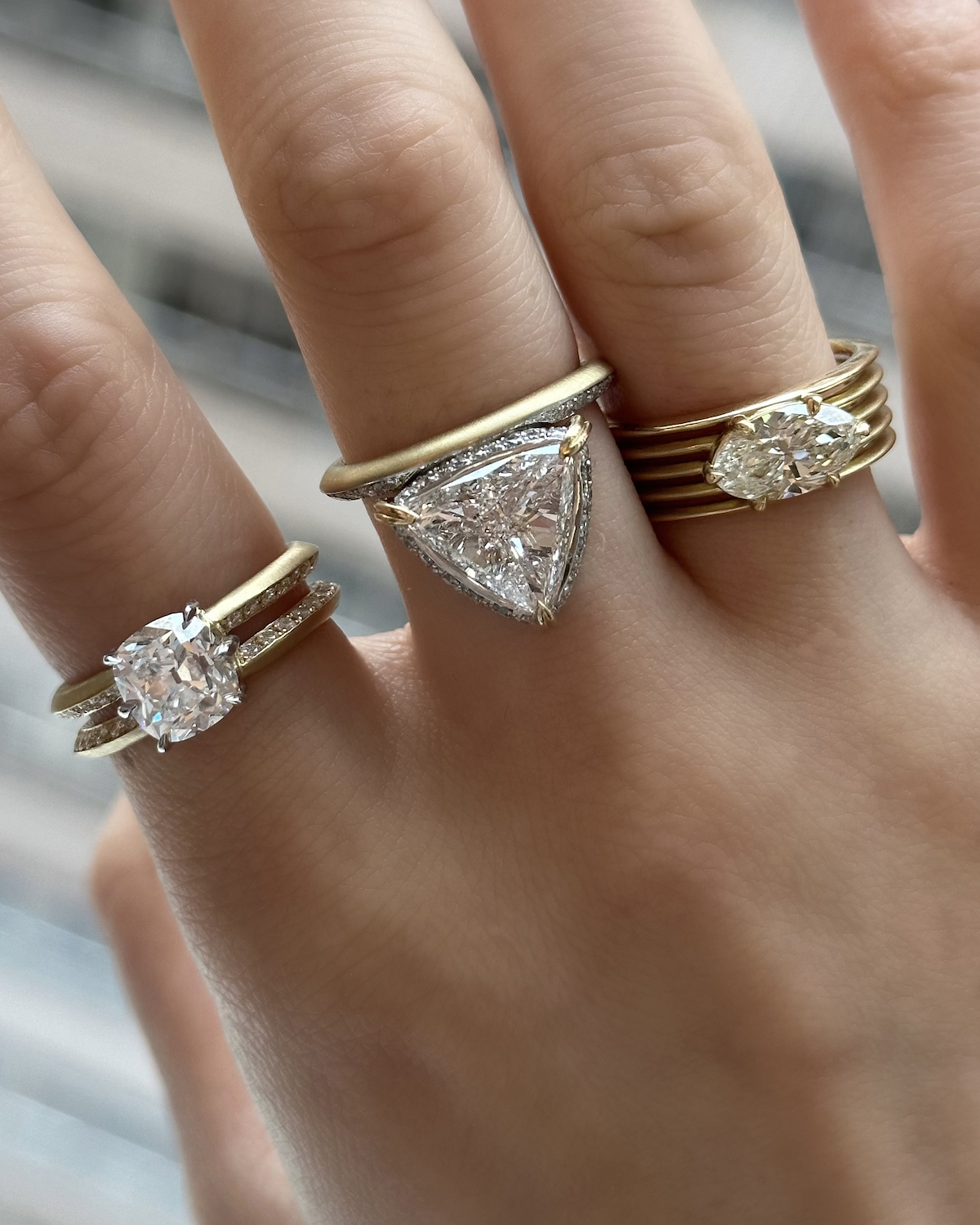Antique engagement rings are treasured symbols of history and craftsmanship. Their intricate details and distinctive designs set them apart from modern rings, making them an excellent choice for those who appreciate timeless heirlooms.
What is an Antique Engagement Ring?
An antique engagement ring is typically defined as a ring that is over 100 years old. These rings originate from different historical periods, each characterized by unique styles and craftsmanship techniques. Unlike modern or vintage rings, antique engagement rings often feature hand-cut diamonds, intricate filigree, and high-quality craftsmanship that has stood the test of time.
Owning an antique diamond engagement ring means possessing a piece of history. These rings are often passed down through generations and may have been crafted before modern mass-production methods were introduced. Many collectors and couples appreciate antique rings for their individuality and artistry as they are a beautiful way to repurpose fine jewelry.
What’s the Difference Between Antique and Vintage?
What is the Difference Between an Antique and a Vintage Engagement Ring? The terms “antique” and “vintage” are sometimes used interchangeably, but they have distinct meanings in the jewelry world.
Antique Engagement Rings
As mentioned, these rings must be at least 100 years old. They are truly historic pieces, often dating back to the Georgian, Victorian, Edwardian, or Art Deco eras. Their craftsmanship reflects the time in which they were made, showcasing unique diamond cuts and intricate metalwork.
Vintage Engagement Rings:
Vintage engagement rings are typically 20 to 99 years old. Vintage rings often include styles from the Retro (1940s–1950s) and Mid-Century Modern (1950s–1970s) periods. While still unique and sometimes handcrafted, they are not quite as old as true antiques.
Both antique and vintage rings offer a sense of history and character, but an antique ring holds a special place due to its age and historical significance.
Antique Engagement Ring Shopping Tips
Shopping for an antique diamond engagement ring requires careful consideration. Here are some essential tips to help you find the perfect piece:
Research the Era
Understanding the different design styles of historical periods will help you choose a ring that matches your personal taste.
Verify Authenticity
Look for hallmarks, maker’s marks, and documentation that confirm the ring’s authenticity and age.
Examine the Diamond Cut
Antique diamonds are often hand-cut and may have an Old Mine Cut, Old European Cut, or Rose Cut, which differ from modern brilliant cuts.
Check the Condition
Since these rings are over a century old, inspect them for damage, loose settings, or missing stones. Ensure any necessary repairs are done by a jeweler who specializes in antique jewelry.
Buy from a Reputable Dealer
Purchase from established jewelers, antique dealers, or certified online sellers who provide detailed descriptions, certificates, and return policies.
Consider Resizing and Restoration
Some antique rings may need resizing or restoration. Work with an expert jeweler to maintain the ring’s integrity.
Popular Eras for Antique Engagement Rings
Antique engagement rings span various design eras, each with distinctive features. Here’s a look at some of the most popular periods:
1. Georgian Era (1714–1837)
- Handmade settings with intricate metalwork
- Use of closed-back settings to enhance stone brilliance
- Often features floral and nature-inspired designs
2. Victorian Era (1837–1901)
- Romantic and feminine styles with intricate detailing
- Rose and Old Mine Cut diamonds
- Use of yellow and rose gold settings
- Rings often feature pearls, rubies, and sapphires alongside diamonds
3. Edwardian Era (1901–1915)
- Elegant and lacy designs with fine filigree work
- Platinum became a popular choice for ring settings
- Rise of toi et moi rings (two stone engagement rings)
- Introduction of Tiffany & Co. six-prong solitaire engagement ring setting
- Old European Cut diamonds and milgrain detailing
- Influence of Art Nouveau aesthetics
4. Art Deco Era (1920s–1930s)
- Bold geometric designs and symmetrical patterns
- Use of platinum and white gold
- Brightly colored gemstones paired with diamonds
- Elongated Shapes like emerald cut diamonds, marquise cut diamonds, Asscher cut diamonds, and baguettes were popular
- The rise of the Old European and Transitional Cut diamonds
How to Care for Antique Engagement Rings
Antique engagement rings require special care to preserve their beauty and longevity. Follow these tips to ensure your ring remains in excellent condition:
Regular Cleaning
Use a soft brush and mild soap solution to clean your ring. Avoid harsh chemicals and ultrasonic cleaners, which can damage antique settings.
Store Properly
Keep your ring in a soft pouch or a separate jewelry box compartment to prevent scratching and damage.
Avoid Harsh Activities
Remove your ring when engaging in activities that could expose it to impact, moisture, or chemicals, such as sports, gardening, or cleaning.
Get Regular Inspections
Have a jeweler check your ring for loose stones or setting wear every six months to prevent damage.
Be Mindful of Resizing
Some antique rings have delicate settings that may not be ideal for resizing. Work with an experienced jeweler if resizing is necessary.
Antique Diamond Cuts
Antique diamond cuts are distinct from modern brilliant cuts and reflect the craftsmanship of their respective eras. These cuts were designed to maximize beauty in candlelight rather than the bright lights of today.
Rose Cut
Dating back to the 16th century, this cut features a domed top with a flat bottom and a varying number of triangular facets. It has a soft, subtle sparkle.
Old Mine Cut
Popular in the Georgian and Victorian eras, this cut is the predecessor to the modern cushion cut. It has a squarish shape with large facets and a high crown, giving it a romantic glow.
Old European Cut
The dominant diamond cut in the late 19th and early 20th centuries, the Old European Cut is rounder than the Old Mine Cut and features a small table, high crown, and deep pavilion.
Transitional Cut
A bridge between the Old European Cut and the modern round brilliant cut, this cut became popular in the Art Deco period, featuring a more symmetrical design and better light performance.
What Makes Antique Diamonds Unique
Antique diamonds differ from modern diamonds in several ways, which adds to their unique appeal:
Hand-Cut Styles: Unlike machine-cut modern diamonds, antique diamonds were shaped by hand, resulting in distinctive, less uniform facets.
Warmer Color Tones: Many antique diamonds have a warmer hue due to the natural materials and cutting techniques used in their era.
Unique Brilliance: Antique diamonds have a softer, romantic glow compared to the high-intensity sparkle of modern diamonds.
Sustainable: Choosing an antique diamond ring is an eco-friendly option since it recycles existing gemstones.
Antique diamond engagement rings offer a timeless elegance that cannot be replicated. Their historical significance, exquisite craftsmanship, and unique beauty make them an exceptional choice for those seeking a meaningful and distinctive engagement ring. Whether you’re drawn to the delicate designs of the Edwardian era or the bold aesthetics of Art Deco engagement rings, an antique engagement ring is a stunning way to celebrate love while preserving history.











